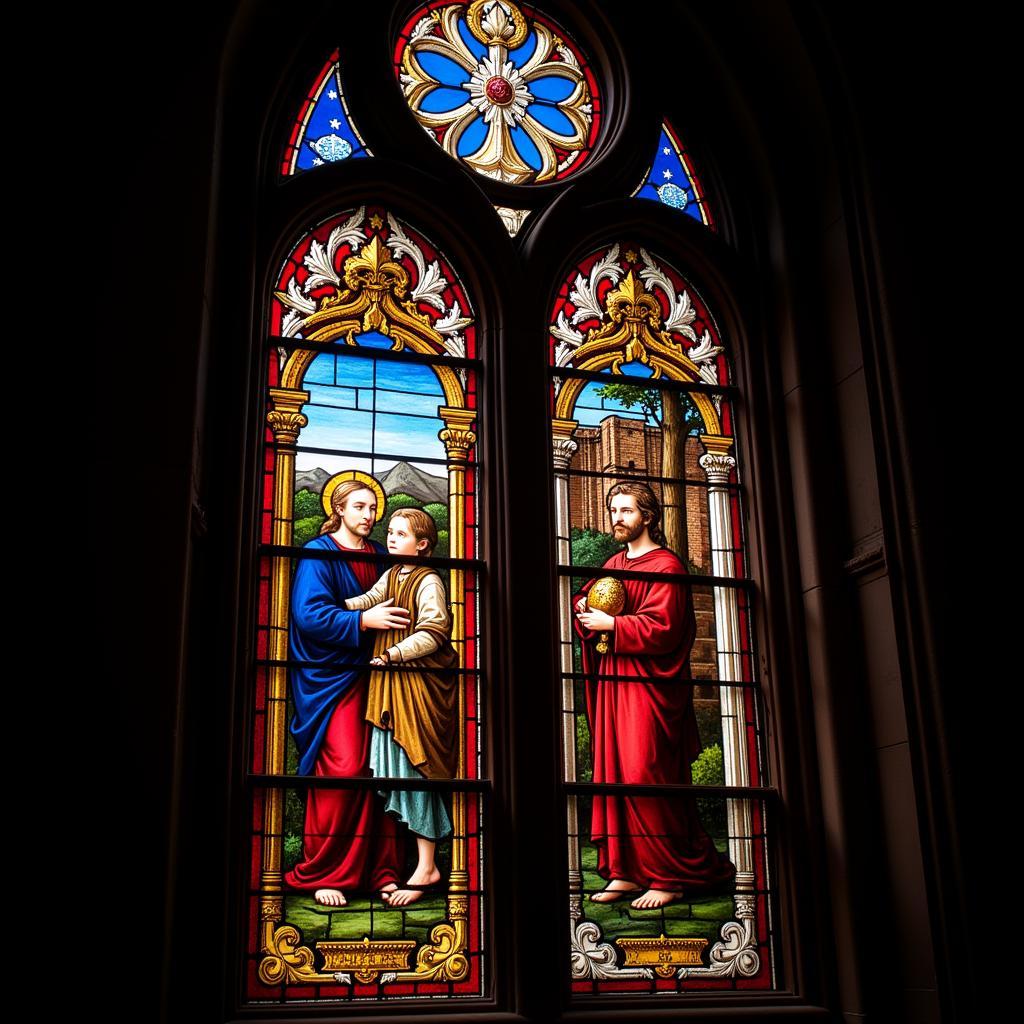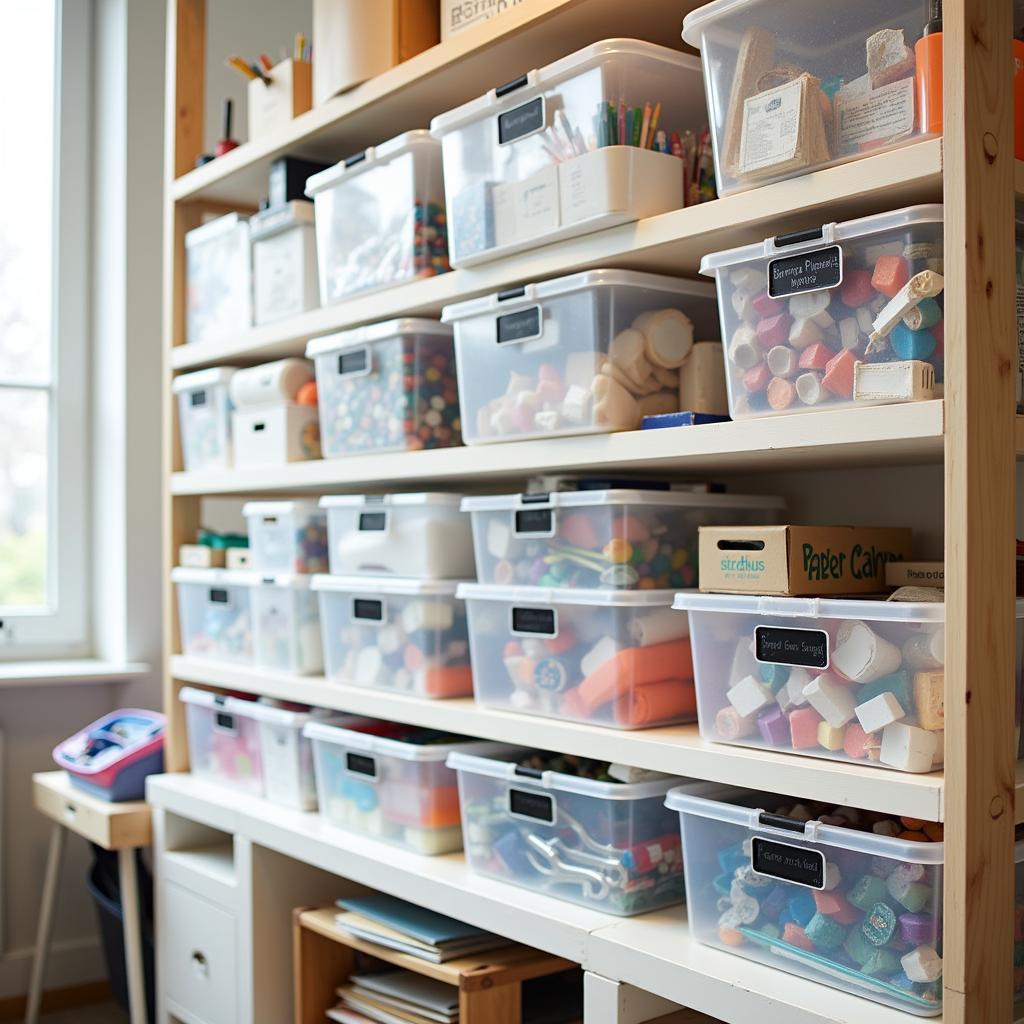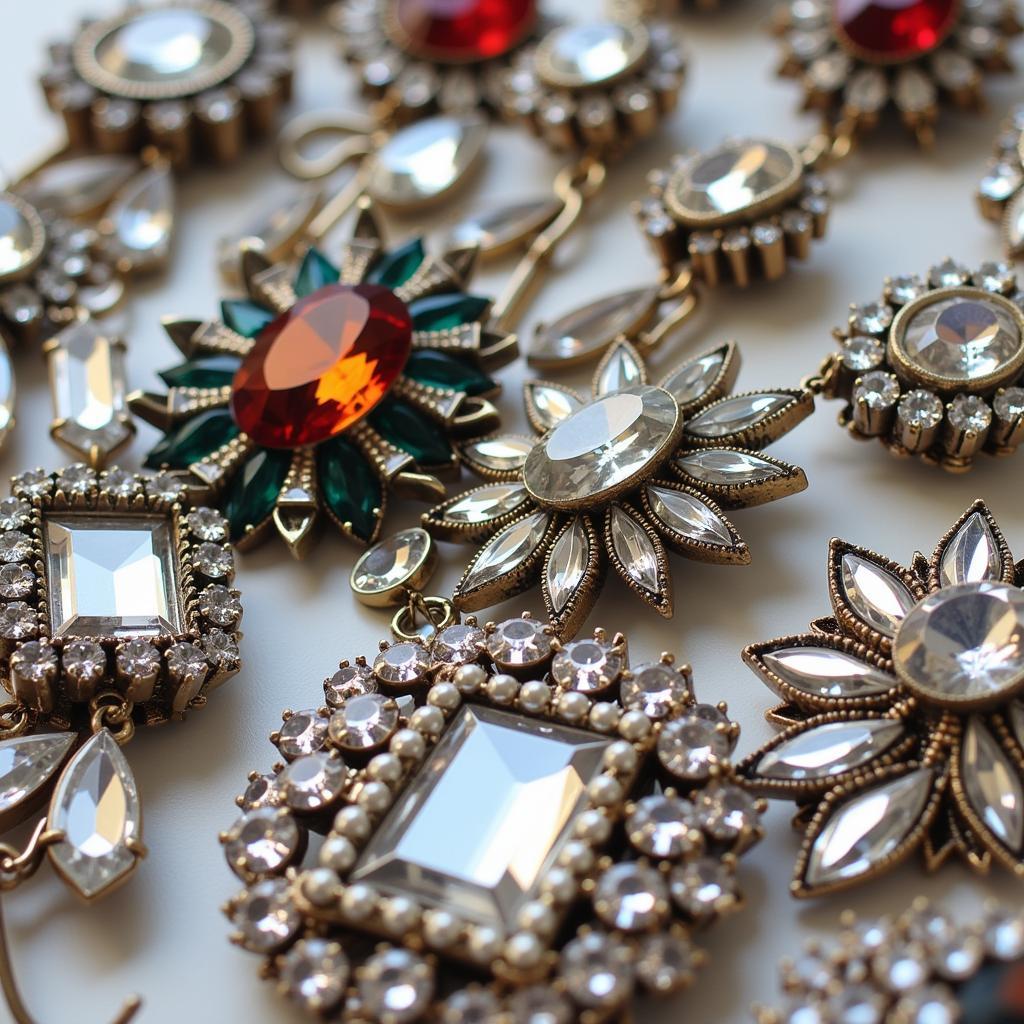Exploring the Vibrant World of Art Colored Glass
Art Colored Glass has captivated artists and architects for centuries, transforming ordinary spaces into breathtaking displays of light and color. From the intricate stained glass windows of cathedrals to the contemporary sculptures gracing modern galleries, the allure of colored glass lies in its ability to blend artistry with functionality. This article delves into the fascinating world of art colored glass, exploring its history, techniques, and diverse applications. We’ll also discover how this medium continues to evolve, inspiring innovative creations that push the boundaries of artistic expression. You’ll find practical tips and insights into the world of colored glass art, whether you’re a seasoned artist or simply an admirer of its beauty.
A Kaleidoscope of Color: The History of Art Colored Glass
The origins of colored glass can be traced back to ancient civilizations. Egyptians and Romans experimented with adding metallic oxides to molten glass, creating vibrant hues that adorned jewelry, vessels, and even architectural elements. Later, the art form flourished during the medieval period, with stained glass becoming synonymous with the grandeur of Gothic cathedrals. Imagine stepping into a dimly lit sanctuary, sunlight streaming through vibrant depictions of biblical scenes, transforming the space into a celestial realm. This is the power of art colored glass. Check out our collection of mosaic art tiles for inspiration.
From Cathedrals to Contemporary Art: The Evolution of Colored Glass
The Renaissance witnessed a shift in focus, with colored glass being used to create intricate mosaics and decorative objects for the elite. Techniques like glassblowing and etching further expanded the possibilities of this medium. The 20th century brought about a new wave of innovation, with artists like Dale Chihuly revolutionizing the way we perceive glass as an art form. His large-scale installations, bursting with vibrant color and organic forms, redefined the boundaries of glass art.
 Stained Glass Cathedral Window Detail: Close-up view of a vibrant stained glass window in a Gothic cathedral, showcasing intricate details and rich colors.
Stained Glass Cathedral Window Detail: Close-up view of a vibrant stained glass window in a Gothic cathedral, showcasing intricate details and rich colors.
Techniques and Tools: Mastering the Art of Colored Glass
Creating art colored glass involves a variety of techniques, each requiring skill and precision. Glassblowing, perhaps the most iconic method, involves shaping molten glass using a blowpipe. Stained glass, on the other hand, involves assembling small pieces of colored glass to create intricate designs. Other techniques include fusing, slumping, and casting, each offering unique possibilities for artistic expression. What technique fascinates you the most?
From Kiln to Canvas: Exploring Different Colored Glass Techniques
From the intense heat of the kiln to the delicate touch of the artist’s hand, working with art colored glass is a transformative process. Fusing involves melting different colored glass pieces together, creating a seamless blend of hues and textures. Slumping, on the other hand, uses molds to shape the glass into specific forms. These techniques, combined with traditional methods like stained glass and glassblowing, allow artists to create a wide range of stunning pieces, from decorative objects to architectural installations. Explore our colored glass art collection for examples.
Inspiring Creations: Applications of Art Colored Glass
The applications of art colored glass are as diverse as the colors themselves. From the majestic stained glass windows that adorn churches and cathedrals to the intricate mosaics that embellish public spaces, colored glass adds a touch of artistry and elegance to our surroundings. In contemporary design, colored glass is increasingly being incorporated into furniture, lighting fixtures, and even jewelry, bringing a unique aesthetic to everyday objects. You can find beautiful examples of arte murano glass in our collection.
Beyond Decoration: Functionality and Art in Colored Glass
Art colored glass isn’t just about aesthetics; it can also be functional. Colored glass tiles can be used to create stunning backsplashes in kitchens and bathrooms, adding a splash of color and personality to these spaces. Stained glass windows, while beautiful, also serve a practical purpose by filtering light and creating privacy. The versatility of colored glass allows it to seamlessly blend artistry with functionality.
Conclusion: The Enduring Appeal of Art Colored Glass
Art colored glass continues to fascinate and inspire, its vibrant hues and transformative qualities captivating artists and art enthusiasts alike. From ancient mosaics to contemporary sculptures, the journey of colored glass reflects the evolution of artistic expression and human ingenuity. Whether you’re drawn to the traditional beauty of stained glass or the innovative forms of modern glass art, the world of art colored glass offers a kaleidoscope of color and creativity waiting to be explored. Discover the magic of colored glass and let its vibrant hues illuminate your world.
FAQ
- What is the difference between stained glass and fused glass? Stained glass involves assembling individual pieces of colored glass, while fused glass involves melting different pieces together to create a seamless piece.
- What are the most common types of colored glass? Common types include stained glass, fused glass, blown glass, and mosaic glass.
- How is colored glass made? Color is added to molten glass through the addition of metallic oxides.
- What tools are needed for working with colored glass? Tools vary depending on the technique, but may include glass cutters, soldering irons, kilns, and blowpipes.
- Where can I learn more about art colored glass? Online resources, workshops, and art galleries are great places to start.
- Can I create colored glass art at home? Yes, with the right tools and safety precautions, you can explore various techniques at home.
- How do I care for colored glass art? Gentle cleaning with a soft cloth is usually sufficient. Avoid harsh chemicals.
You can also check out interesting art forms like garden pole art and micropipette art.
If you need any further assistance, please contact us via Phone: 02462573573, Email: [email protected] or visit our address: Savico Megamall, 7-9 Đ. Nguyễn Văn Linh, Gia Thụy, Long Biên, Hà Nội 10000, Việt Nam. We have a 24/7 customer support team.



